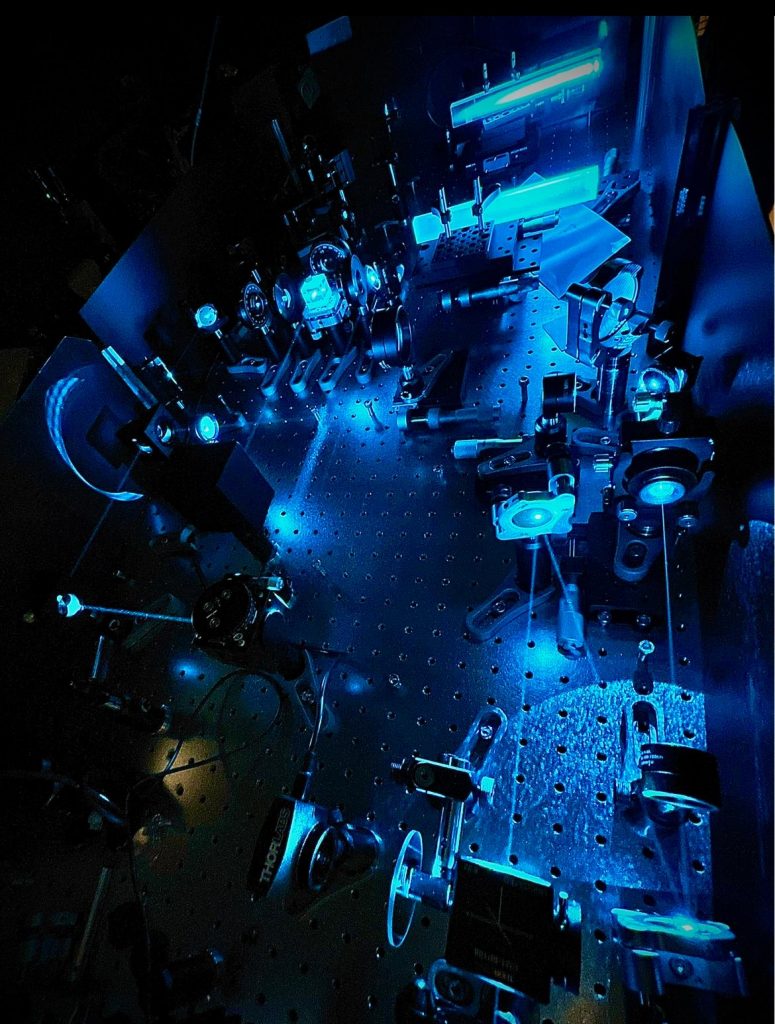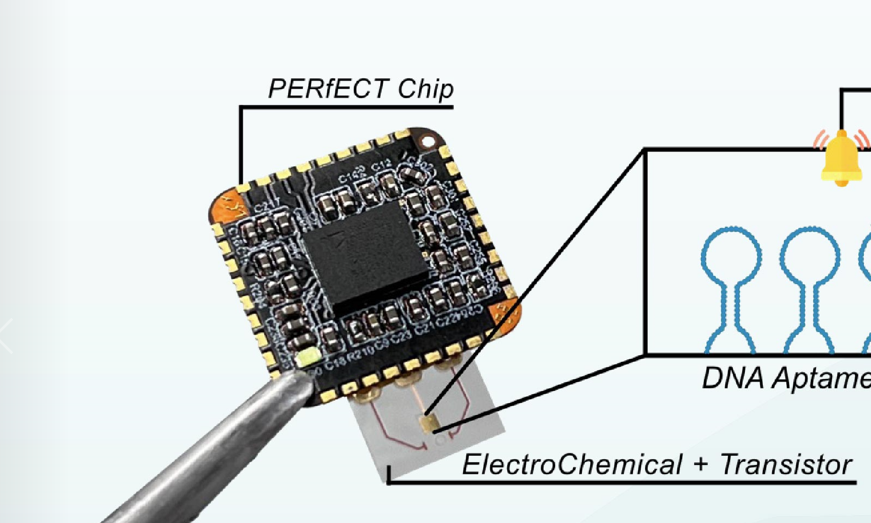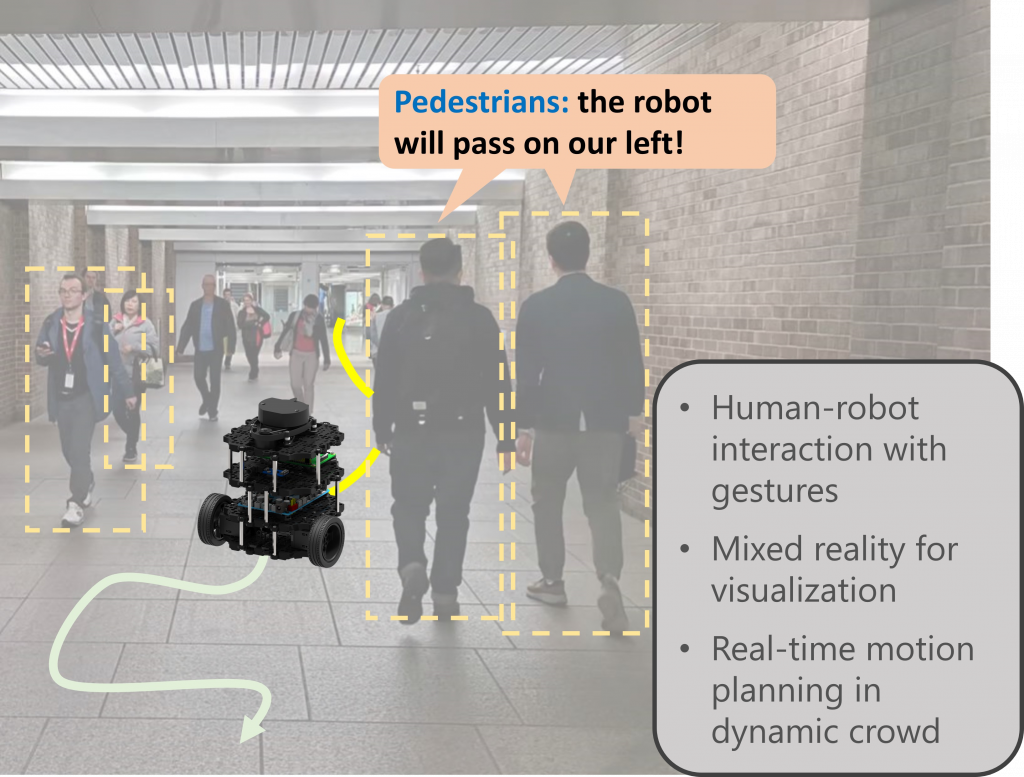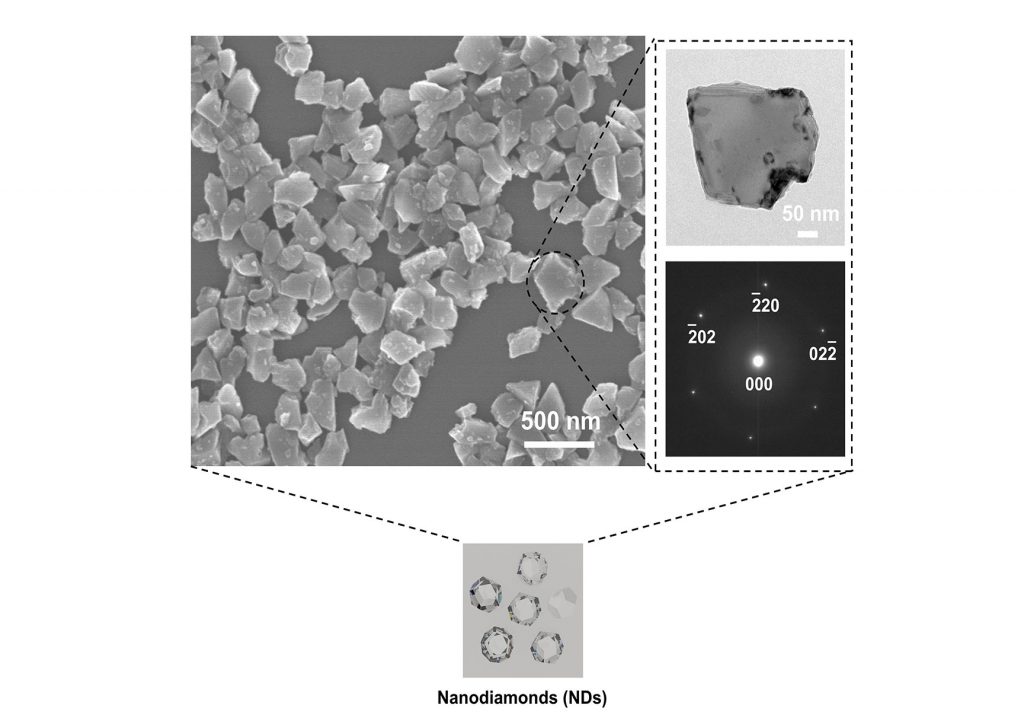High-speed Laser-scanning Biological Microscopy using FACED
Laser scanning is used in advanced biological microscopy to deliver superior imaging contrast, resolution and sensitivity. However, it is challenging to scale up the scanning speed required for interrogating a large and heterogeneous population of biological specimens or capturing highly dynamic biological processes at high spatiotemporal resolution. Bypassing the speed limitation of traditional mechanical methods, free-space angular-chirp-enhanced delay (FACED) is an all-optical, passive and reconfigurable laser-scanning approach that has been successfully applied in different microscopy modalities at an ultrafast line-scan rate of 1-80 MHz. Optimal FACED imaging performance requires optimized experimental design and implementation to enable specific high-speed applications. In this protocol, we aim to disseminate information allowing FACED to be applied to a broader range of imaging modalities. We provide (i) a comprehensive guide and design specifications for the FACED hardware; (ii) step-by-step optical implementations of the FACED module including the key custom components; and (iii) the overall image acquisition and reconstruction pipeline. We illustrate two practical imaging configurations: multimodal FACED imaging flow cytometry (bright-field, fluorescence and second-harmonic generation) and kHz 2D two-photon fluorescence microscopy. Users with basic experience in optical microscope operation and software engineering should be able to complete the setup of the FACED imaging hardware and software in ~2-3 months.










